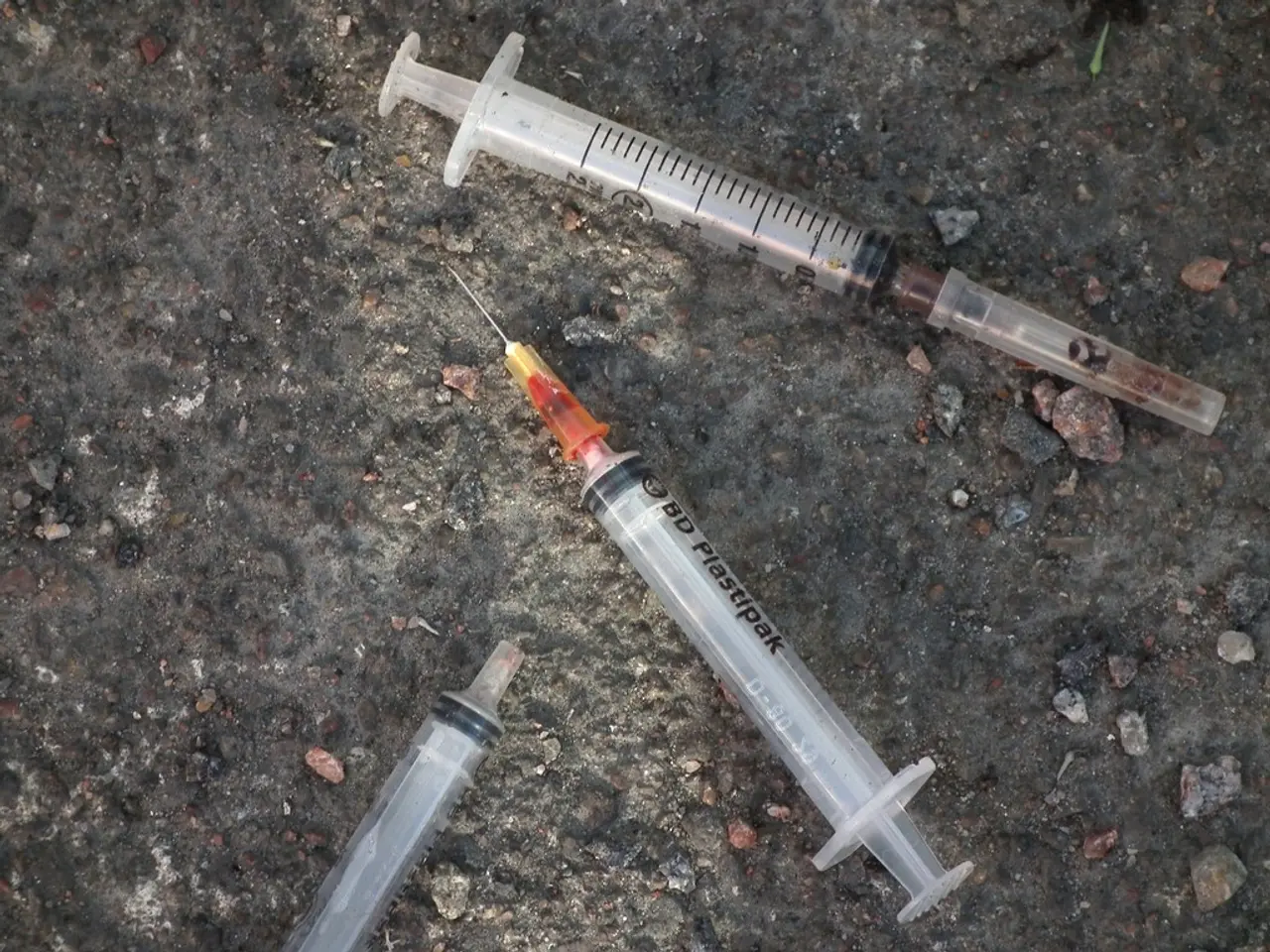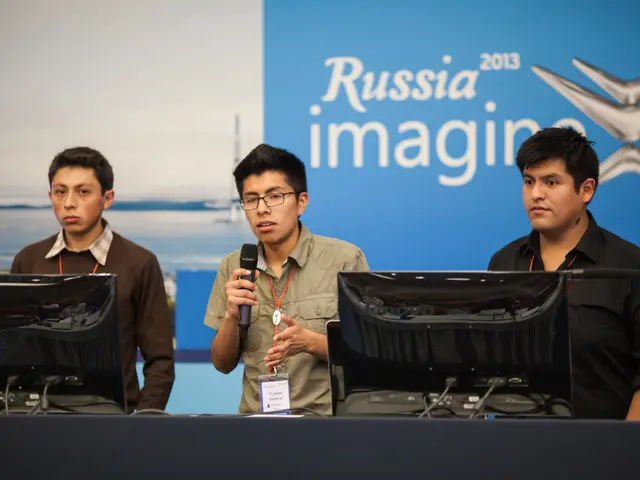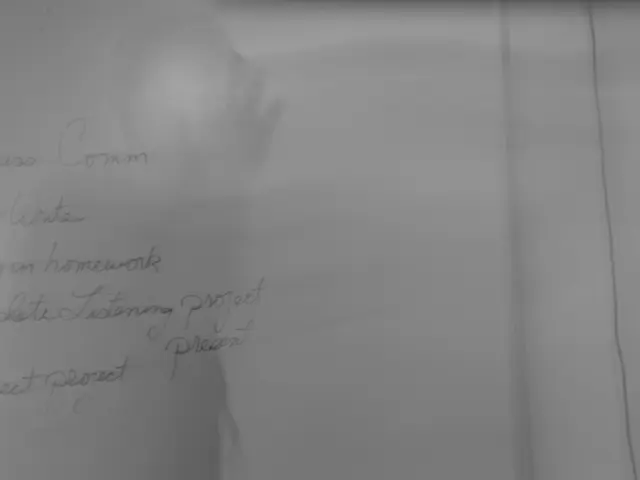Obstacles in Producing High-Potency Biological Substances
In the realm of biopharmaceutical production, the manufacturing of highly concentrated monoclonal antibody (HCmAb) therapies presents a unique set of challenges. These challenges, however, can be effectively addressed through careful optimisation and the use of advanced technologies.
When it comes to process fluids with known risk factors such as higher viscosity, filter selection becomes crucial. A full assessment of process risk is necessary to ensure optimal filtration, as higher viscosity can lead to issues like increased hold-up volume and reduced efficiency.
One such advanced filtration method is Single-pass tangential flow filtration (SPTFF). SPTFF offers several benefits over traditional methods, including enhanced product recovery and higher step yield at higher concentrations. It also allows for preconcentration using in-line concentration and diafiltration devices, or through SPTFF systems that control the concentration factor.
The optimization of excipient ratio is another critical aspect in HCmAb production. Excipients are essential components of these formulations, serving to inhibit aggregation, promote product stability, control viscosity, protect against shear stress, enhance absorption and bioavailability, and support improved and faster dispersal of therapeutics.
Maintaining product homogeneity in viscous fluids requires mixing systems that provide power without shear. Powerful mixers that transfer torque into a fluid at reduced speeds, combined with levitation technology, create an ideal mixing environment.
Robust process operations are key to addressing the challenges in manufacturing high concentration biologics. For instance, drug substances for these biologics are often frozen for storage and transportation. Higher concentrations increase the risk of aggregation during freezing, requiring control to prevent variable freezing kinetics from affecting quality.
Plate freezing systems using 2D bags offer more control than 3D bottles for drug freezing. Furthermore, filtration processes for HCmAbs must be validated to ensure the desired level of bacterial retention can be achieved.
The demand for high concentration biologics to be provided subcutaneously brings many challenges in manufacturing. Hydrophobic filling needles can help reduce drip formation in the final filling process, while optimising filling needle size and filling flow regime can guard against drips and clogging.
Despite the various challenges, the manufacturing platform that supports the process from cell culture to final filtration for producing highly concentrated monoclonal antibody therapies remains unspecified in the provided search results. However, it is clear that through careful optimisation and the use of advanced technologies, these challenges can be effectively addressed, paving the way for the production of safe and effective HCmAb therapies.
Read also:
- Catastrophic blast at a US Steel facility in Pennsylvania causes 2 fatalities, inflicts injuries on 10 individuals
- U.S. Automotive Safety Authorities Examine Tesla's Door Latch Design
- Hyundai will commence production of the Ioniq 3 electric vehicle in Turkey from 2026 onwards.
- Hyundai's 2025 Elantra Hybrid to Cost $1,150 Less Than the 2024 Model in Pricing








